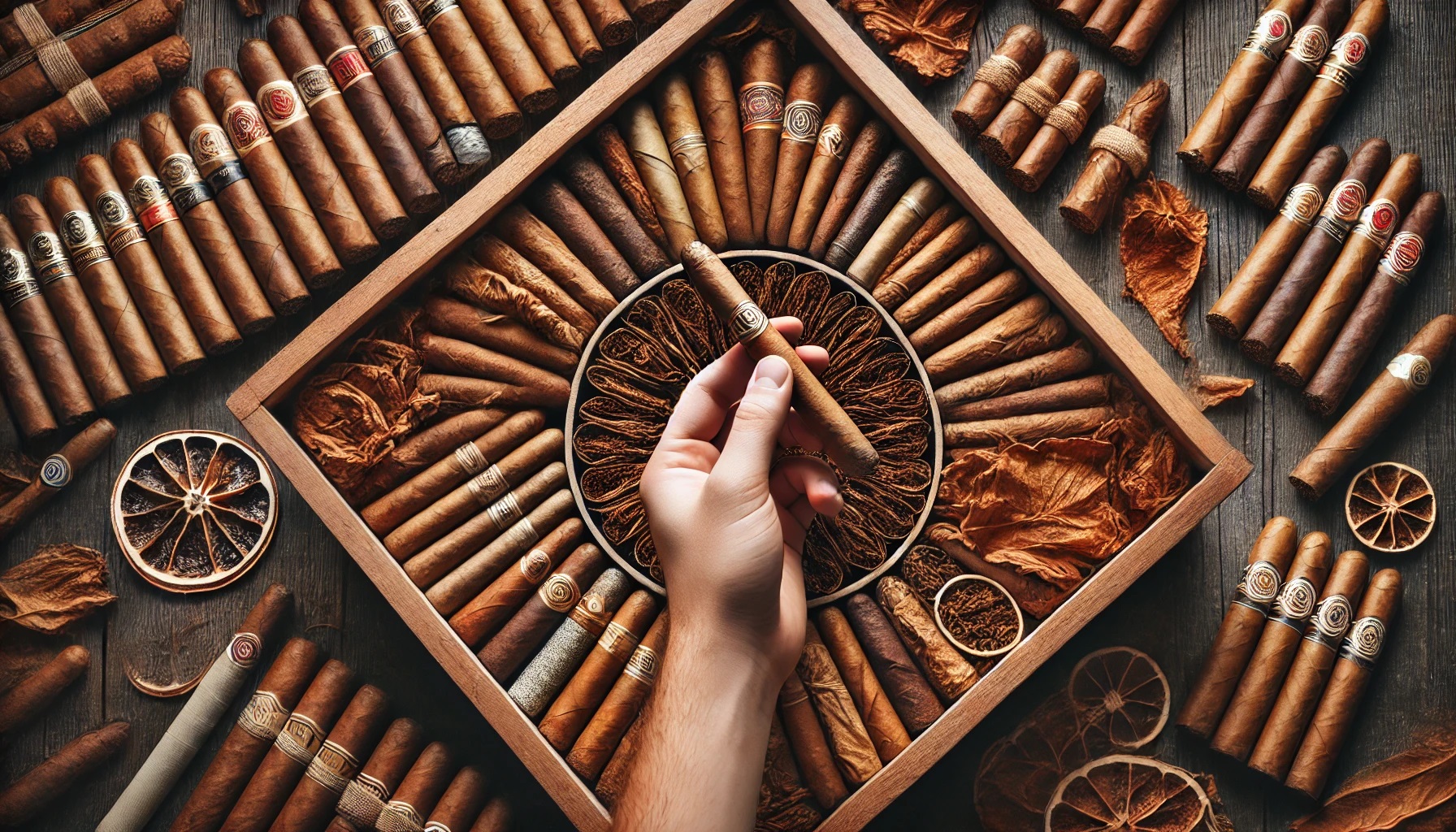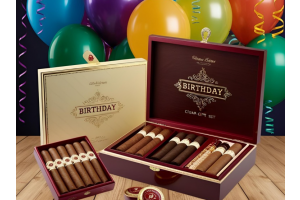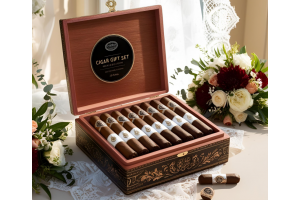Which Factors Determine the Strength of a Cigar - Uncover the Secrets

Cigars are an expression of craftsmanship, tradition, and personal preference. However, one of the most talked-about characteristics of cigars is their strength.
Strength in cigars refers to the concentration and apparent intensity along with the overall robust experience of the cigar.
Understanding the factors that are determining the strength of a cigar can enhance your smoking experience and guide your choices. Here’s a comprehensive breakdown.
6 Key Factors that Affect the Cigar Strength
Understanding what influences a cigar's strength is essential for a satisfying smoking experience. Factors like the type of tobacco, aging process, fermentation, and blend composition all play a crucial role in determining whether a cigar is mild, medium, or full-bodied.
- Tobacco Types
- Wrapper Leaf
Now, let’s explore each factor in more detail…..
1. Tobacco Types
Different types of tobacco contribute varying levels of strength:
- Ligero: Generally found in the top leaves of the tobacco plant, ligero is known for its high nicotine content and robust flavor. It is often a key contributor to a cigar's strength.
- Seco: This middle leaf has a mild to medium strength and adds flavor without overwhelming the smoker.
- Volado: Found at the base of the plant, volado is used primarily for combustion and does not significantly influence strength.
Example: A typical Robusto cigar may incorporate a combination of these leaves, with a higher proportion of ligero to provide a stronger smoking experience.
2. Wrapper Leaf
The type of wrapper surrounding the cigar can significantly influence its strength:
- Dark Wrappers: These are often made from leaves that are fermented longer, leading to a richer, fuller flavor and higher strength.
- Light Wrappers: Tend to produce a milder smoke with less nicotine.
Real-World Insight: Cigars with Connecticut Shade wrappers, for instance, are often milder in flavor, while cigars with Maduro wrappers typically pack a stronger punch.

3. Size and Shape of the Cigar
The dimensions of a cigar can affect how strong it tastes to the smoker:
- Larger Cigars: Tend to produce a cooler smoke, allowing for a more gradual release of flavors, which can impact the perceived strength.
- Smaller Cigars: Often burn hotter and can produce a more intense experience.
Cigar Example: A Churchill cigar, due to its longer length, might not feel as strong initially compared to a shorter, fatter cigar like a Gordo, which releases flavors more intensely.
4. Fermentation and Aging Process
The way tobacco leaves are fermented and aged impacts flavor profiles and strength:
- Fermentation: This process breaks down chemical compounds in tobacco, leading to milder smoking experiences when done correctly.
- Aging: Proper aging can mellow out strong flavors, allowing subtler notes to emerge while retaining some strength.
Statistics Insight: According to the Cigar Aficionado magazine, many premium cigars are aged for at least two years, which can alter their intensity and overall strength profile.
5. Blending Techniques
The art of blending is critical in developing the desired strength:
- Proportions of Leaves: Blenders often balance ligero, seco, and volado leaves to create specific strength levels.
- Use of Flavoring Agents: Some cigars incorporate flavoring during the blending process, which can mask or enhance the perceived strength.
Case Study: Famous cigar brands like Padron and Montecristo often carefully craft mixtures that deliver consistent strength across their ranges.
6. Environmental Factors
The way a cigar is stored and the humidity levels can also affect strength:
- Humidity Levels: Higher humidity can lead to the leaves being more pliable, altering the burn rate and taste.
- Storage Temperature: Cigars stored in conditions that are too hot may lose flavor and strength over time.
Actionable Takeaway: Store cigars in a humidor at around 70% relative humidity and ideally at 70°F for maintaining their integrity.
Embrace Your New Expertise and Enjoy a Perfect Smoke
Understanding the factors that determine the strength of cigars allows enthusiasts to make more informed choices and appreciate the intricacies of different blends.
Whether you prefer something robust like a Nicaraguan puro or a milder, creamy Connecticut, the interplay of tobacco types, wrapper leaves, size, aging, blending, and storage plays a significant role.
Takeaway Points:
- Experiment with different tobacco types and sizes to find your preferred strength.
- Pay attention to the wrapper and aging process for enhanced flavor and strength profiles.
- Store your cigars properly to maintain optimal conditions for enjoyment.
By recognizing these components, you enhance your appreciation for fine cigars and elevate your overall smoking experience.













